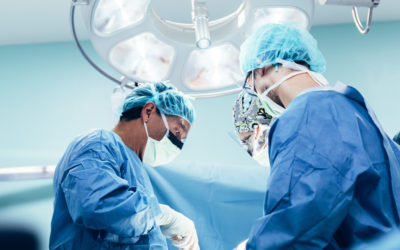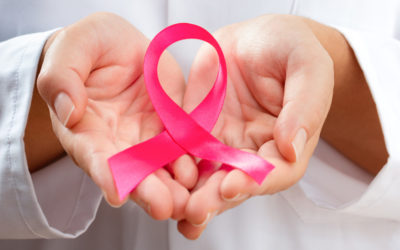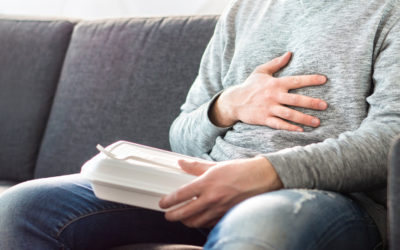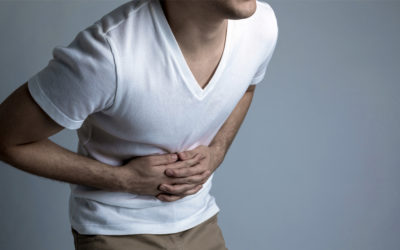Mole Removal, Lumps & Bumps
Some of the most common lumps and bumps include skin tags, and milia. Skin tags are usually skin-colored or darker and resemble a small piece of hanging skin. They can be located on the face, body, and in skin folds such as the neck, armpits, and groin. Milia tend to develop on the face, particularly on the eyelids and cheeks. They appear like tiny white bumps just beneath the surface of the skin.
Everyone is at risk of getting skin tags and other lumps and bumps. They are a natural part of the aging process. Fortunately, they are often easily and painlessly removed. Our general surgeon can assess any lumps and bumps, and recommend the best plan of action.
What Are the Lumps and Bumps?
Lumps can be anything from a corn or callus to swollen lymph nodes, cysts or lipomas.
- Swollen Lymph Nodes: Located in the neck, armpits and groin, these glands become swollen when exposed to bacteria or a virus.
- Cyst: Non-cancerous closed pockets of tissues that can become inflamed or infected. They may occur due to a clog of a sebaceous gland.
- Lipoma: These occur because of excessive fat cells form tumors underneath the skin. They are often found on the shoulders, back and neck.
- Moles: These skin lesions are growths that appear as brown or black spots on the skin.
- Warts: These are small, hard, benign growths on the skin that are caused by a virus.
- Skin Tags: These are tiny pouches of skin that are connected to the underlying skin by a thin “stalk.”
- Sebhorrheic Kertoses: Like moles these appear to be brown or black growths and they have a waxy, scaly and slightly elevated appearance.
- Cherry Agnioma: These are basically red moles and usually occur in people aged 30 or older. A collection of small blood vessels within the growth give them the red appearance.
- Keratosis Pilaris: This appears as several small, rough red or tan bumps primarily around hair follicles on the upper arms, legs, buttocks and sometimes cheeks. It is often referred to as “chicken skin.”
How Do We Treat Lumps & Bumps?
Depending on the type of condition you have, there are a variety of treatment options that may be performed. The most common ones include:
- Surgical Excision: This procedure cuts or removes the lump from your body with an incision. This is typically performed as an outpatient service.
- Tissue Sample: Your doctor may take a tissue sample to determine the cause of the cyst or lump.
- Steroid Injections: These are extremely useful for reducing lipoma and many other lumps. While they may not make the lump disappear entirely it allows you to avoid surgical removal.
- Antibiotics: Some lumps and bumps are caused by bacteria. In those causes, you will be treated with antibiotics.
Don’t be embarrassed about your moles, lumps, or bumps — talk to a surgeon to discuss your options.
Schedule a Consultation
Call 618-833-2872
Related Services and Conditions
Surgical Services
Considering surgery? Common (and painful) issues like gallbladder problems, hernias, hemorrhoids can often be taken care of with relatively simple surgeries. In most cases, patients can go home the same day the surgery is performed—allowing them to feel better and get...
Breast Cancer
Breast cancer can affect both women and men. However, women are at more risk. There are 200,000 new cases diagnosed each year. Family history can play a role in developing breast cancer. Screening for breast cancer with a mammogram typically begins at the age of 40....
Colonoscopy
Colorectal Cancer Screening and Colonoscopy Prep Although colorectal cancer is one of the most common cancers in the United States, it often goes undetected, according to the American Cancer Society. Symptoms do not usually occur until the disease is advanced and 75%...
Gallbladder
Does everything you eat cause pain? If you suffer from pain in the upper right or upper middle part of your stomach after eating it could be your gallbladder causing the issue. The gallbladder is located under the liver, which stores and collects bile produced in the...
GERD
Tired of that burning sensation in your chest — particularly at night? Could your painful swallowing, nausea, heartburn be caused by Gastroesophageal reflux disease (GERD)? If you experience a burning sensation in your chest, sometimes spreading to your throat, along...
Hemorrhoids
You don’t have to sit still for hemorrhoids Hemorrhoids are a common issue. In fact, by age 50 about 50% of all people will experience hemorrhoids. Hemorrhoids occur when the veins or blood vessels in and around your anus and lower rectum become swollen and...
Hernia
Hernias can be more than a pain in the side. People of all ages can develop hernias. A hernia is when an internal organ or tissue bulges through an abnormal opening in the body, such as a hole or weakness in the abdominal wall. Hernias can occur at various parts of...







